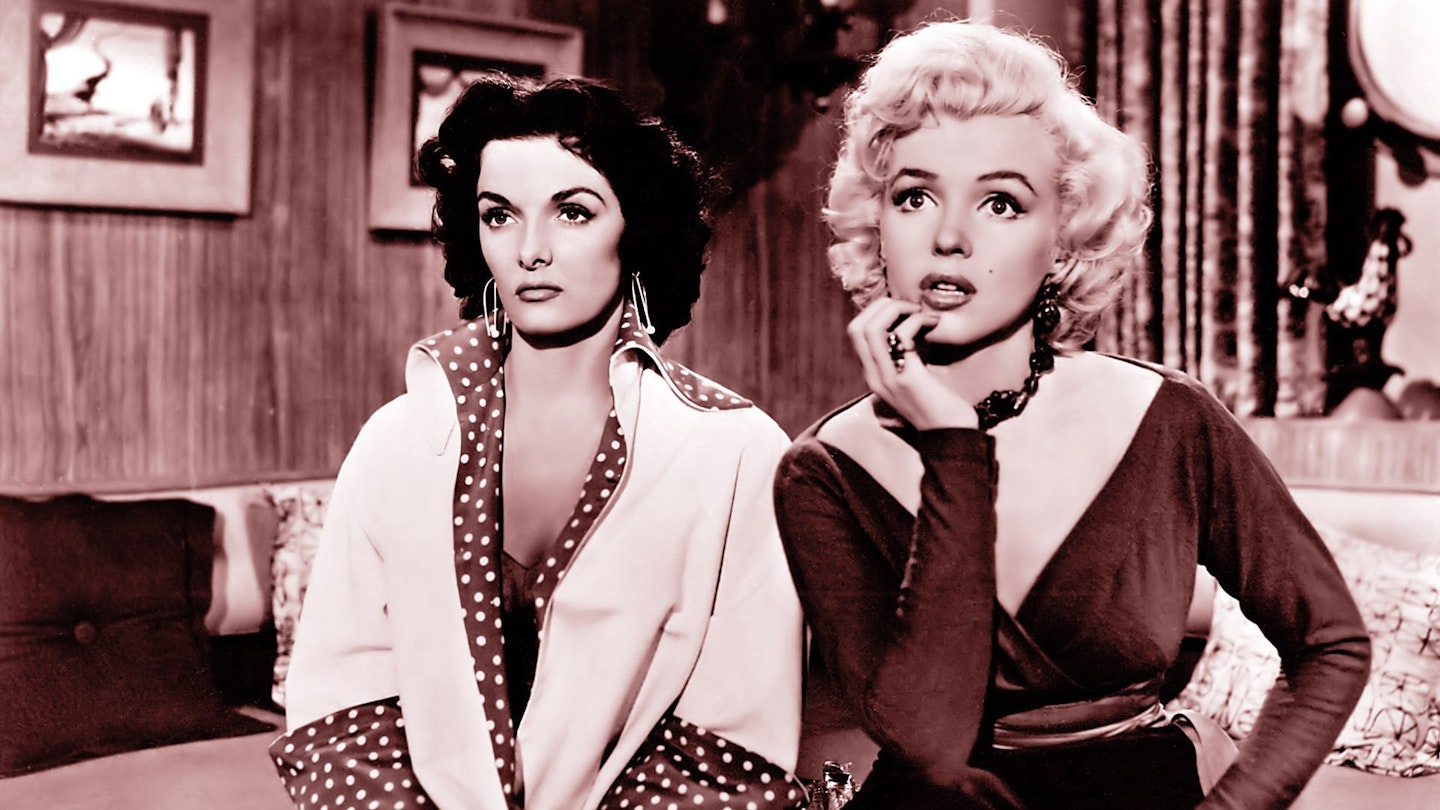Marilyn Monroe was very nervous about this follow-up to the star-making Niagara, as she wasn't sure she was up to the challenge of either the musical numbers or the deadpan comedy. However, just as he had done with Katharine Hepburn on Bringing Up Baby, Howard Hawks guided Monroe towards her new screen persona and, in the process, subjected her to a total make-over to transform her from a pin-up into a star.
Inheriting a role for which Betty Grable was now deemed too old, Monroe departed from Anita Loos's stage character to achieve a brand of innocent sensuality that was to become her trademark. But much of the credit goes to Hawks, who moulded her curves and charm to create a new kind of sex kitten, who was much less threatening than such blonde bombshells as Jean Harlow and Mae West.
Indeed, he gave all the acerbic wisecracks to the sturdier Jane Russell, so that Monroe's humour seemed to be almost accidental (as it would do again in How to Marry a Millionaire). Yet, she worked hard to accomplish this spontaneity, with choreographer Jack Cole putting her through rigorous rehearsals.
However, the look of her most iconic number, "Diamonds Are a Girl's Best Friend", came about by chance, as Monroe had attracted such negative publicity after attending an awards ceremony in the gold lamé dress she wore in the movie that Fox insisted on ditching her original costume (a flesh-coloured leotard strategically studded with gems) for the pink gown that gave the routine its kitsch class (which was hijacked by Madonna for her `Material Girl' video).
The plot meanders once the principals reach Paris, with Russell's romance with Elliott Reed refusing to catch light. But she provides a selfless foil for Monroe's giddy scene-stealing and Charles Coburn turns in another polished display of harmless lechery.
